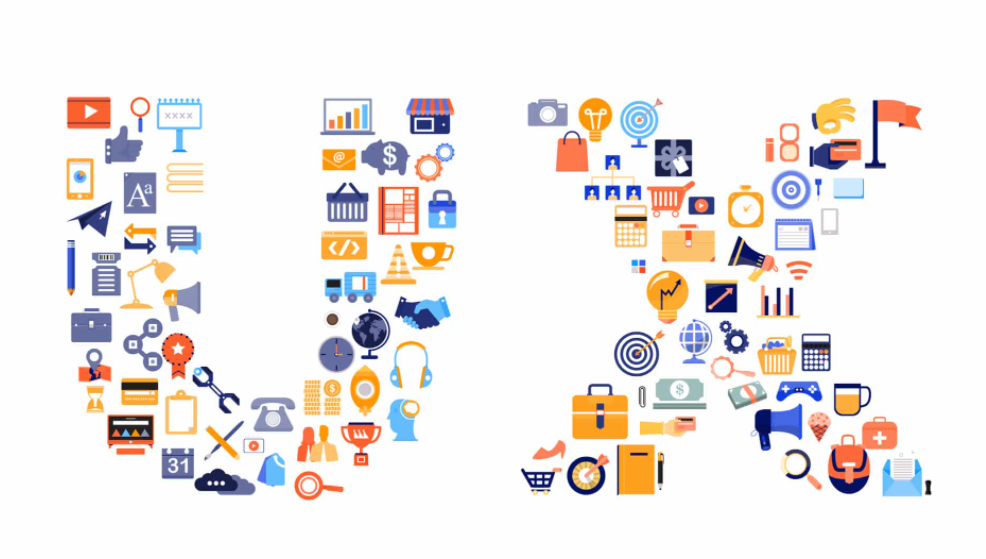A UX designer’s goal is to provide the greatest possible user experience for a product. While humanising technology, the UX designer strives to make services and products useful and accessible and pleasant.
Furthermore, a UX designer acts as a user advocate, filling the gap between the parties engaged in the project (such as the business stakeholders and the development team) and the user’s demands while ensuring that the business requirements are also addressed.
What exactly does a UX Designer do?
It is not a straightforward question to answer. A UX designer’s job varies from project to project and is also based on the organisation in the UK.
Undoubtedly, there are several important tasks that a UX designer is required to accomplish. Some of the key responsibilities include the outline of the information architecture, the construction of user personas, the production of prototypes, user research, usability testing and the design of wireframes and flows.
How can a UX designer assist you in creating a better product?
After getting a better idea of what a UX designer is, I’ll list a few ways in which a UX designer can provide great assistance in creating a successful product. There are several approaches, but here only three are described that I believe will have a greater overall beneficial influence on developing a fantastic product.
UX designers are hands-on guides that will walk you through the design process. Certain measures must be taken into account for it to be truly excellent before considering the visual design or style.
As a result of this enthusiasm, when they can view the product’s design (where UI and UX come in), it is natural for product owners to jump ahead to the exciting phase. However, you must first learn to walk before running like anything in life, and the UX designer will continually remind you of this.
As previously said, User experience design is a User-Centered field, thus knowing the users and their requirements is essential. You can get this information during the user research phase.
Since we all have prejudices, it is pointless to try to overcome this. We generally believe we know the target user based on our prejudices, no matter how well we think we know them. As a result, we can ensure that our product selections are founded on research, significantly reducing risk.
It is noticeable to remember that a UX designer is developing a product for the target customer, not for ourselves. Therefore personal prejudices and preferences must be left at the door, and all decisions must be based on knowledge and statistics.


